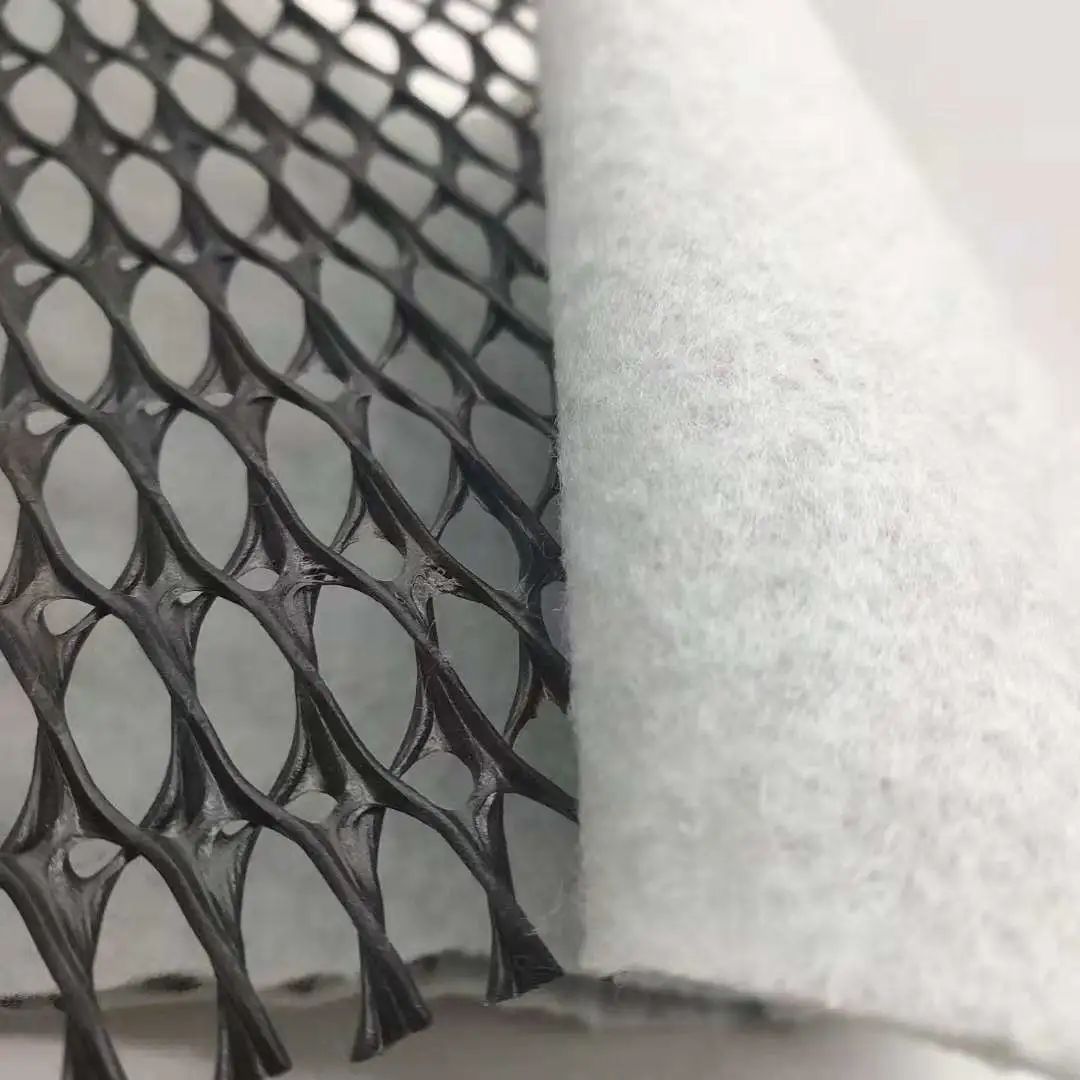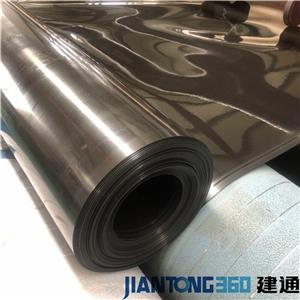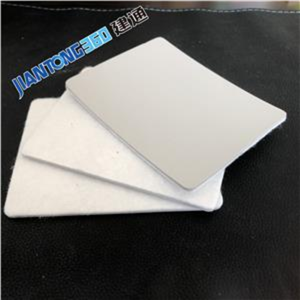Guiding principle and advantages of composite geotechnical drainage network

The composite geotechnical drainage network is composed of three-dimensional drainage network and two layers of non-woven geotextile heat bonding composite. The combination of geotextile (retrofiltration) and three-dimensional geotechnical drainage network (drainage and load dispersion function) provides a complete "retrofiltration-drainage-protection" system.
The mesh core is composed of three layers of crisscross bars, in which the rigid bars are arranged longitudinally, forming a drainage channel. The upper and lower bars form support to prevent the geotextile from being embedded into the drainage channel, which can maintain high drainage performance even under high load.
Geotextile provides the function of the water / soil filter layer and prevents the clay and the packing above from being embedded into the drainage net core, thus ensuring its long-term drainage capacity.
The principle of slope water guide of composite geotechnical drainage network
The unique three-dimensional structure of the composite soil drainage network core can withstand high compression load during the whole use process, and can maintain considerable thickness, providing good water conductivity. The composite geotechnical drainage network can withstand a long-term high pressure load greater than 2000 kPa, and is far greater than the ordinary two-dimensional drainage network. With the increase of pressure, the water conductivity of the composite geotechnical drainage network changes very little, and it still has a very high drainage performance under a very high additional load. The higher the pressure, the more obvious the advantage. The composite soil drainage network has high water conductivity, high tensile module and high tensile strength.




